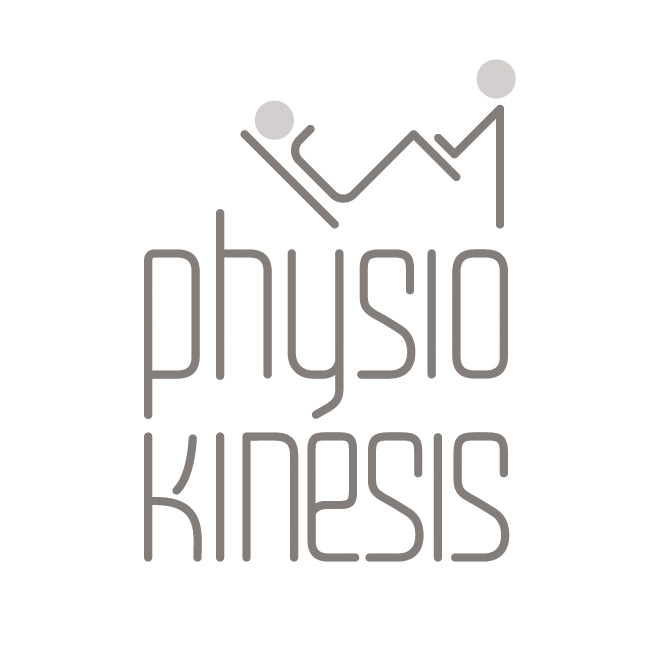No one wants to hurt! And when pain comes, we do everything to get rid of it. This is something perfectly normal, as pain is unpleasant. But it is precisely this dissatisfaction that makes it so effective and a truly essential part of our lives.
Pain protects us, warns us about the dangers and makes us move, think and behave differently, something very important for our treatment. More often, we experience pain when our body’s alert system warns our brain about the tissue damage that is about to come. Everyday simple pain is associated with changes in our tissues.
Our mind understands that some tissues are threatened and that something has to be done about it. The good thing is that memories of this pain will protect us so that we will not make the same mistakes again. This is only just a piece of a long story.
Pain includes all the systems of our organism and the responses that occur, which aim at our protection and treatment. Moreover, pain is a more complex experience. The word pain is also used in terms of sadness, loneliness, and isolation. Every pain includes thoughts and feelings. We need our brain so that we can really understand pain, especially the one who persists, spreads or seems inconceivable. We need our brain to help us understand why thoughts, feelings, and behaviors are important in pain.
When pain is persistent and dominant in our lives, it is really difficult to understand why it might be useful. Yet even when it is chronic and threatening, we are in pain because our brain has come to the conclusion, for some reason and often subconsciously, that we are being threatened and at risk. The trick is to find out why our brain came to this conclusion.
Pain is really an incredible experience! The intensity of pain we feel does not necessarily have to do with the number of damaged tissues. Consider, for example, a paper cut. It really hurts. It is obvious, therefore, that what happens in our tissues is a part of the incredible experience of pain.
Our brain is responsible for the final decision whether there is a risk for our tissues and whether it has to take some action. Humanity has a tremendous advantage over the other species. We can design events, learn quickly from our experience, and use our logic to predict the future. This means that we can recognize situations that could be potentially dangerous before we even have a problem with our tissues.
All of this is very good, but when we are sensitive, as it happens with chronic pain, a stimulus that is not related to tissue damage, but considered dangerous by our brain, is enough to cause pain. This happens without us even realizing it.
It is known that only just the thought of a movement or even watching someone else doing a movement can trigger pain to some people suffering from persistent pain. In fact, there have been reports of patients who can cause swelling in the area of their pain, only by using their thought. Some patients report that they hurt only by thinking about it. This is perfectly understandable and reasonable if you remember that the brain has learnt to be very good at protecting you from anything that can damage your tissues.
Finally, we should emphasize that the training and the understanding of our pain are necessary and critical so that we will be able to overcome it and return to our normal life. Perceiving it as a threat is a mistake, as pain is basically a “threat detector that is promoting our survival.” And by reducing the threat, we will also reduce the pain. The key point is to understand that pain does not cause harm to us and that our nervous system uses pain to protect us in every way. This will reduce our confusion about pain, our worry, all the stress, the anxiety, and finally pain.
Pain can significantly affect our lives, preventing us from doing things that please us or things we just have to do.
It is a right and basic need to seek help in dealing with pain and it does not indicate a personal weakness or inability to manage pain in any way.
Techniques that are used are tens, acupuncture, electropuncture, MTT, etc.
This post is also available in: Greek





